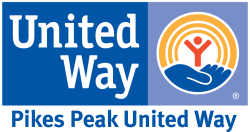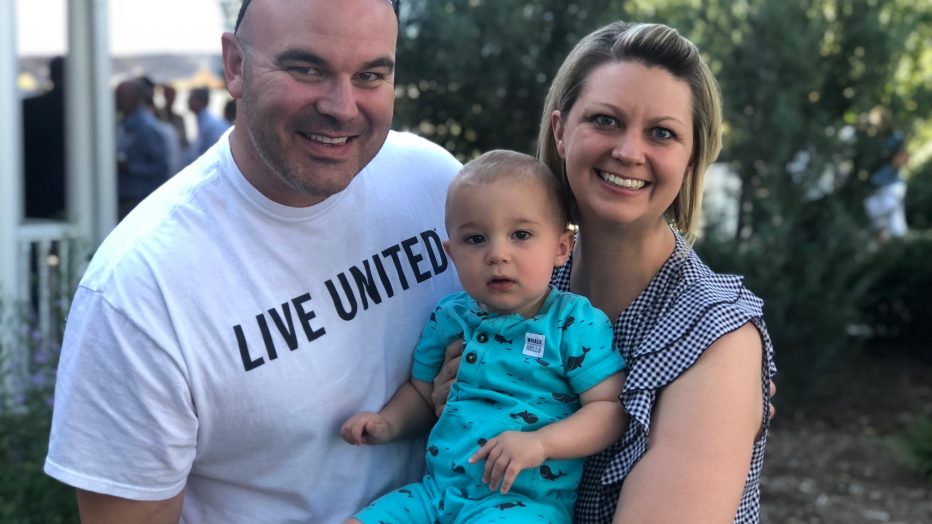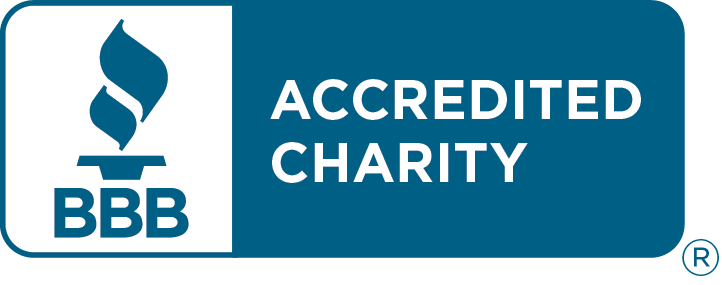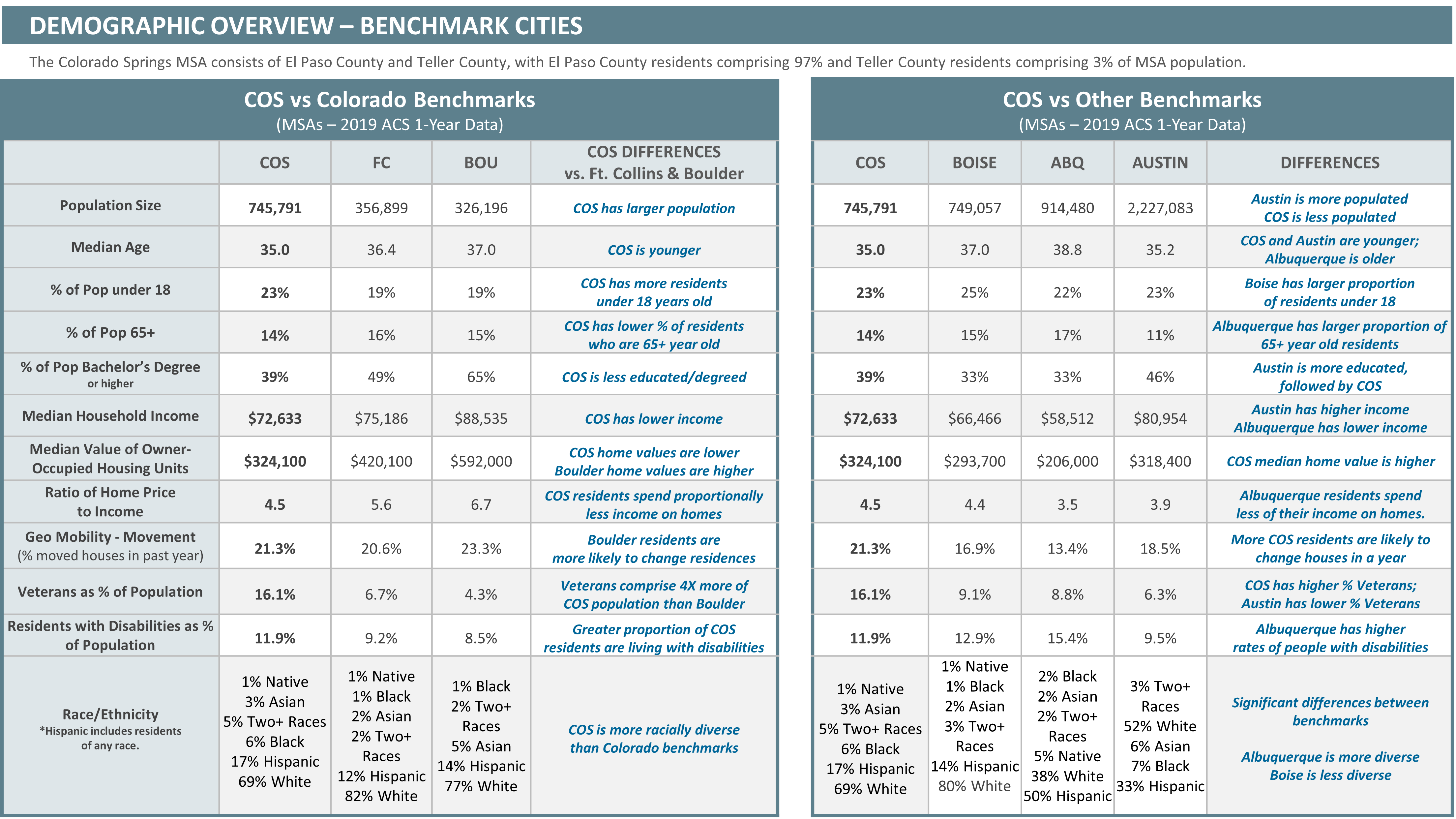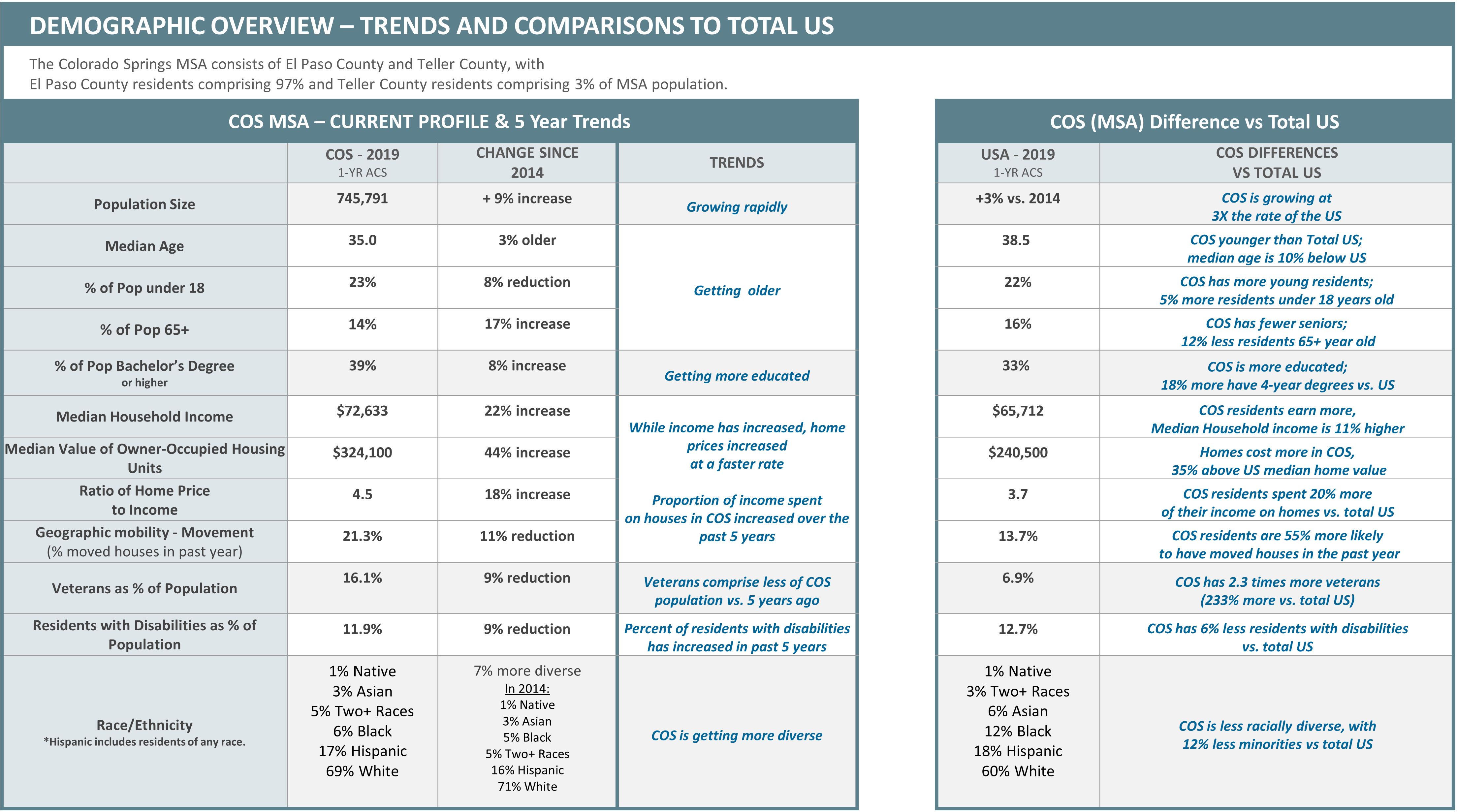“My wife and I both have good jobs, we’re not struggling, but this summer we found ourselves in upwards of $10,000 of medical debt.,” said Eric Barnett, Director of Pikes Peak United Way 2-1-1. He listens to calls every day from people in crisis and connects them to resources that can help. This summer, he found himself turning to the very program he leads. “Our one-year-old son has had multiple overnight stays in the pediatric ICU, numerous transports to the hospital via ambulance and one flight for life all due to over 20 seizures in 6 months. We found some relief through Project COPE, a service that pays for utility bills,” he said.
A reminder for us all that we never know when we are going to need help. I’m grateful that Eric was willing to share his story. There are countless families in our community who just need a little help. They are not looking for a hand out, but rather a boost to get them through a difficult time. Aren’t we all just one phone call, one job loss, one medical emergency away from needing help?
When people call 2-1-1, our team of navigators is dedicated to finding that help. With limited resources in the community, they often have to get creative with where they direct our callers. If rental assistance is gone for the month, they may find other ways to lighten the load, like directing a family to food or utilities assistance.
I hope you never need to make that call, but we are here if you do – a confidential line that serves more than 35,000 people in our community every year. When you call 2-1-1, you get connected and get help!
